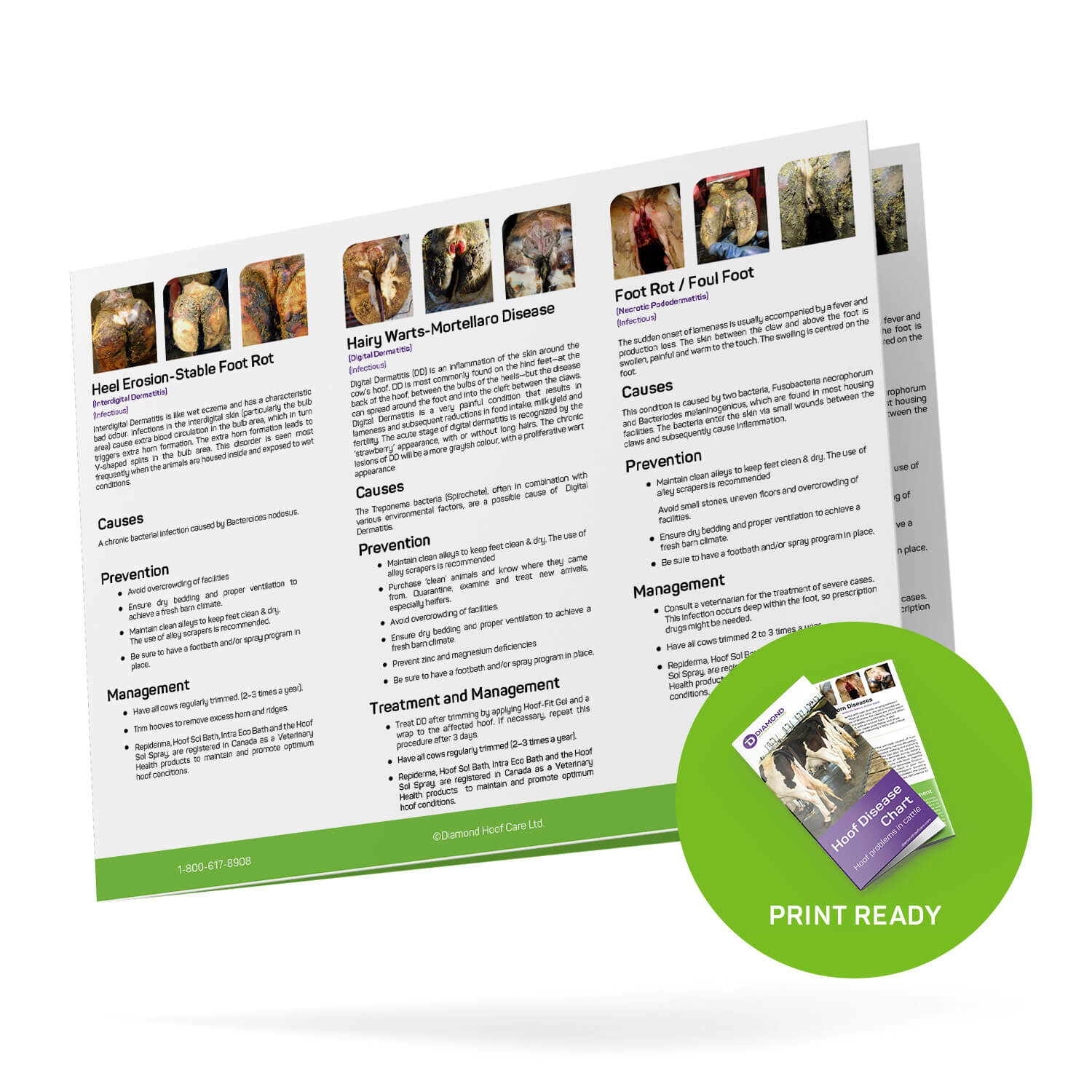About
What are Corns in cows?
Corns in cows refer to the abnormal growths that develop in the interdigital space of their hooves, located right in between the claws.
These growths typically appear as firm, rounded masses, which may be yellow or red in color and can range from 2-6 cm in length.
Unfortunately, these lesions often cause significant pain and discomfort to cows, with the red-colored corn being particularly problematic due to the open wounds on top of them. These open lesions are usually caused by a Digital Dermatitis infection and can cause severe lameness in affected cows.
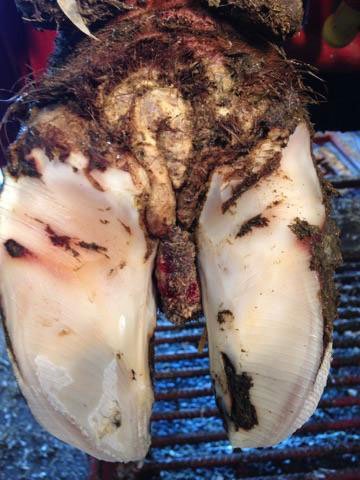
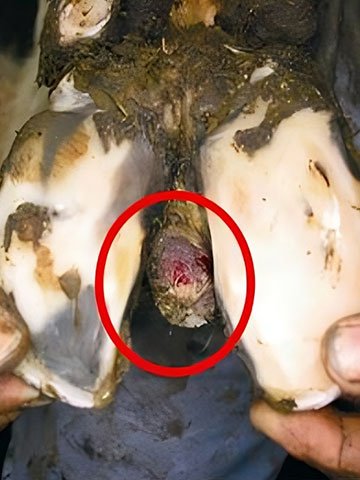
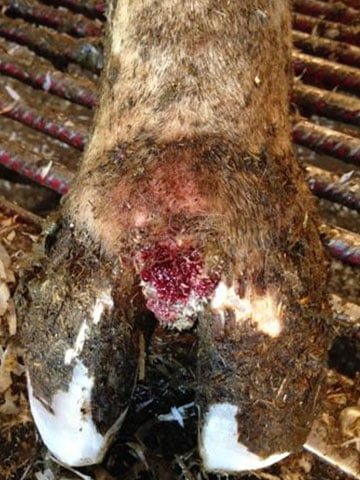
What causes Corns in cows?
The exact cause of corns is not entirely clear, but it is believed to be caused by a combination of factors, including genetics, nutrition, and management practices. During my hoof trimming career, it appeared to me that there is definitely a link between swelling and irritation caused by the heel erosion bacteria or ‘scar tissue’ caused by foot rot, and the development of corns.
A secondary inflammation often aggravates the problem and is caused by Digital Dermatitis. Cows with low heels and weak pasterns seem to be more susceptible to getting the corn in the hind legs. Hard and sharp horn edges in the interdigital space area, combined with excessive manure and moisture, seem to worsen the occurrence of corns in a herd.
How are corn lesions classified?
Corns are classified based on the severity of the lesion, which is determined by the depth of the lesion and the degree of tissue damage. When a Digital Dermatitis lesion is formed on top of the Corn, we have actually two diseases that we are dealing with. The DD needs to be treated as such while the corn needs to be given room to sit.
What is the location on the hoof where we find corns?
Corns typically develop in the interdigital space between the claws of the hoof. You can often see the corn when the cow is standing. But the wound and the lesion can be inspected on a lifted foot – split open the heel region of the hoof with both hands and use adequate lighting to inspect the severity.
I have seen severe cases the corn touches the floor when the cow is walking. These chronic cases are exceptional but easy to locate.
How do we treat corns in cows?
Treatment of corns in cows depends on the severity of the lesion. Mild cases without an open lesion may resolve on their own without intervention, but more severe cases require treatment. In any case, I always remove the sharp edges in the interdigital area which gives some room for the corn, and this already relieves any pressure or irritation.
Treatment options for open corns include trimming the affected area and applying Intra Hoof -fit Gel as a topical medication to treat Digital Dermatitis.
Contact your herd’s veterinarian for pain management which may also be necessary to relieve discomfort and encourage healing.
As a hoof trimmer, it is outside of my professional scope to ‘cut out’ corns. Based on my experience with surgically removed cases, the success is not that great. It was the ‘in-thing’ to do in my early years of trimming, but I’m not for cutting out corns.
Most cases will heal on their own with a good balanced hoof trim to create some space for the corn to be, which will often reduce the lameness to zero. These animals do need some extra follow-ups and wrapping, but that will be more beneficial than surgically removing the corns.
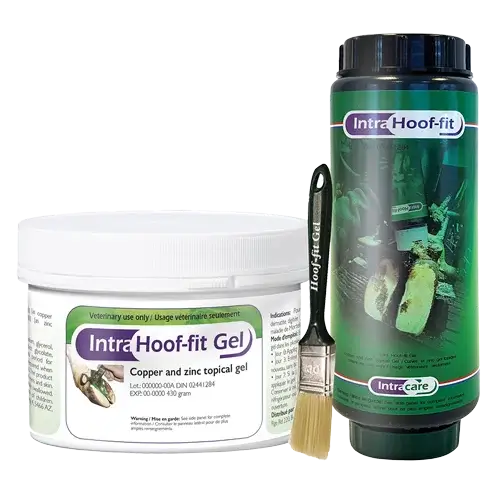
Hoof-fit Gel
How can we prevent corns?
Preventing corns in cows involves proper hoof care and overall management practices.
Maintaining clean and dry housing conditions, providing comfortable and well-bedded resting areas, and avoiding overcrowding can help reduce the incidence of corns. Proper nutrition and regular hoof trimming can also help prevent the development of corns in dairy cows.
Corns or Interdigital Hyperplasia is a painful and chronic hoof disease that affects dairy cows. While the exact cause is not entirely clear, proper hoof care, nutrition, and management practices can help prevent the development of corns in cows.
Early detection and appropriate treatment are crucial to preventing long-term complications and improving cow welfare.
Using our Intra Hoof Care protocol will ensure that the skin of the hooves stays in optimum condition. Our Hoof Sol Bath and the Hoof Sol Spray are products that are successfully used to optimize hoof health.
